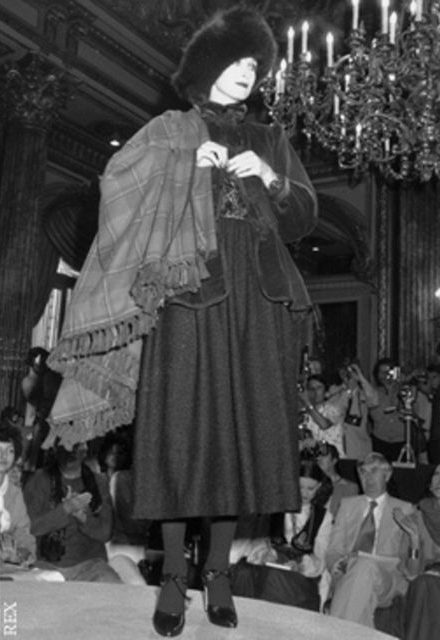Exactly 14 years ago, on June 1, 2008, the little prince of haute couture passed away and became its king. This, of course, is about Yves Saint Laurent, the greatest designer whose ideas are still relevant today. “Gabrielle Chanel gave women freedom. Yves Saint Laurent gave them strength,” said Pierre Bergé, once a friend and partner of Saint Laurent. And no one dared to argue with this statement. Yves easily changed the rules of the game, made a revolution, flirted with art and brought the most complex concepts to life.
Yves Saint Laurent was known as the marvel of haute couture and the genius of his time. He deserves each of these titles like any other. At just 21, he ran the house of the young designer Dior, at the age of 26 he invented the women’s tuxedo, rethought the classic men’s suit and after a while gave the world safari style. We’re not talking about the legendary see-through blouse, the dress inspired by Piet Mondrian’s work, and the lacquered trench coat.
It would take a long time to list the iconic items of Saint Laurent, but today we will talk about what is closest to us in spirit – the legendary 1976 Yves Saint Laurent show dedicated to Russian culture.

On July 26, 1976, at the Intercontinental Hotel in Paris, Yves Saint Laurent presented his famous “Russian” collection, called the Opéra-Ballets Russes, that is, “Russian operas and ballets”. In the front hall of the hotel is a catwalk decorated with white lilies, specially built for the show where the models emerge from the arch. The Yves Saint Laurent show was the first theatrical performance for the public. Previously, new collections were presented to a very narrow circle of people – regular customers and journalists.

It was a real revolution in the fashion world. Models literally swam on the catwalk in the form of princesses from Russian fairy tales. By the way, professional make-up artists were invited to this show for the first time. Previously (as strange as it may sound now), mannequins painted themselves.
-

Photograph: Yves Saint Laurent archive -

Photograph: Yves Saint Laurent archive
The inspiration was the last years of the great empire, the Russian Seasons by Sergei Diaghilev (by the way, we did an incredibly cool project for his birthday) and sketches by Leon Bakst. The couturier was able to rethink and fill the rich heritage of our country with his own artistic vision, without losing the most important thing – the mysterious nature of Russian culture. Yves Saint Laurent is connected with Russia not only by his love of ballet, but also by his friendship with Lilya Brik, the muse of Vladimir Mayakovsky, with whom he created several outfits. 17 years before the famous show, in 1959, the designer visited the capital of Russia with a collection of outerwear.

The Opéra-Ballets Russes contained 110 wonderful images, although many more sketches were drawn. The collection has become a kind of epitome of all the designer’s ideas about Russia.

Peasant and boyar costumes, elements of Kazakh clothing, high-heeled suede boots, gold-embroidered boleros and even sable fur hats. All this was fundamentally different from the previous collection of the designer, which was based on restraint, grace and practicality.
-

Photograph: Yves Saint Laurent archive -

Photograph: Yves Saint Laurent archive -

Photograph: Yves Saint Laurent archive
After the show, the New York Times loudly ran an article: “This is a revolutionary collection that changed the direction of fashion around the world.” A riot of colours, incredible combinations and countless references to traditional costumes really did not go unnoticed and left an indelible impression. “This isn’t the best of my collections, but it’s certainly the most beautiful,” said Yves Saint Laurent a few years later.
The French designer, of course, was not the first to turn to the heritage of our country. Russian motifs in one form or another were traced in the works of Coco Chanel, Jeanne Lanvin and Jeanne Paquin and, of course, Paul Poiret. However, according to many historians and fashion theorists, the Yves Saint Laurent collection of 1976 was one of the highlights for the entire existence of haute couture. The maestro spoke about himself very simply: “I have selfishly fulfilled all my dreams, my favorite painting, my favorite operas and ballets, because women have to dream too.”
Source: People Talk
I am Anne Johnson and I work as an author at the Fashion Vibes. My main area of expertise is beauty related news, but I also have experience in covering other types of stories like entertainment, lifestyle, and health topics. With my years of experience in writing for various publications, I have built strong relationships with many industry insiders. My passion for journalism has enabled me to stay on top of the latest trends and changes in the world of beauty.





